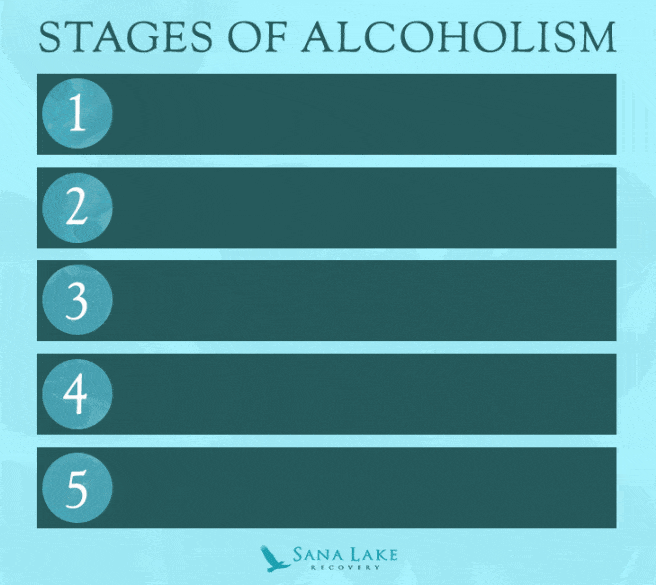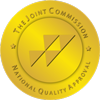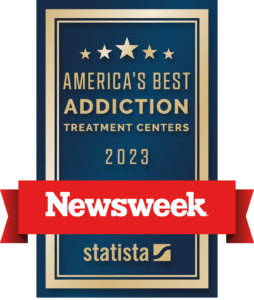The prevalence of drinking alcohol in the United States and around the world is unprecedented. In fact, approximately two billion people around the world drink alcohol. All human behavior has a motivation behind it, and the reasons why people drink alcohol are all unique.
Whatever your reasoning behind drinking alcohol is, we must understand that there is a fine line and difference between casual drinking and abusive drinking. It usually starts with people drinking casually, but then they realize that this habit has turned into an obsession/addiction and that they can’t drink in moderation anymore.
The addiction specialists at Sana Lake Recovery Center want to help individuals recognize the signs and risk factors that lead to alcohol use disorder. Therefore, here is our guide to recognizing the stages of alcoholism, which in turn, will help lead you or your loved one to a life of sobriety.
Recognizing the Signs of Addiction: What Are The Stages of Alcoholism?

What is Alcoholism?
In the United States, alcoholism is the third leading cause of death, killing 88,000 people every year. 62,000 men and 26,000 were women. The National Institute on Alcohol Abuse and Alcoholism (NIAAA) reported that 17 million American adults develop an alcohol use disorder (AUD), resulting in the death of 1 in 20 people.
An alarming statistic from The Centers for Disease Control (CDC) reports that people who experiment with drinking alcohol before they are 15 years old are five times more likely to develop an addiction to alcohol and become dependent on alcohol, than those who don’t start drinking until the legal age of 21.
Alcoholism is more than just drinking an excessive amount. The Mayo Clinic defines it as the inability to control the amount one drinks, due to having an emotional and physical dependence on alcohol.
In other words, a person who becomes an alcoholic cannot control their craving or urges to drink. Thus, this preoccupation causes them to drink uncontrollably, otherwise known as binge drinking. Despite the consequences that drinking causes with work, school, various relationships, financially, and most importantly, with one’s health.
Alcoholism is a chronic disease that does not discriminate. Remember, people who suffer from substance use disorder made a choice that resulted in a consequence; they did not choose or realize that they were going to become addicted. Some individuals are more susceptible and more at risk of developing this disease more than others. It depends on various factors including, genetics/family history, how much one drinks, environment, mental health, etc.
Why Do People Choose to Drink?
The truth is, there are various reasons why people choose to drink. Most commonly, alcohol is a beverage that is so widely accepted in our society, where everyone has a different experience experimenting with it.
The most common reasons why people choose to consume alcohol include:
Accessibility
Probably the top reason why people drink alcohol is that it is so easily accessible. While the drinking age is 21 in the United States, and around 18 in most countries, including Europe, drinking is a choice people make because it is so easy to, and simply, because they can.
Fun
Drinking alcohol is a very social activity. Being with friends in a carefree environment and drinking makes them feel happy due to the release of endorphins. People simply drink just to have fun and “let loose” because they think it enhances their experience, especially for those who are usually more introverted. Alcohol usually helps people come out of their shells.
Preference
People also drink alcohol just because it is their preference, and they enjoy the taste. Enjoying an alcoholic beverage over other types of drinks is just what some people choose to do.
Curiosity
Especially with the younger generations, kids, teenagers, and college students will start experimenting with drinking alcohol as some probably have never drunk before. Therefore, they are curious and start to drink to know what it tastes like, or wonder what it feels like to be drunk. It is purely an experimental phase, which can also lead to other dangerous things if not careful.
Stress and Lower Inhibitions
Being under the influence of alcohol tends to make someone lose their inhibitions, meaning that it gives a person a sense of feeling carefree and that nothing can get in their way. It also allows them to behave in ways that they wouldn’t if they were sober.
For many people drinking alcohol is a major stress reliever. It helps people unwind and de-stress, or so they think. Drinking appears to help numb one’s pain, allowing them to forget about all the stressors going on in their lives.
However, what is ironic is that drinking when you are stressed often creates more complications, and they can develop a drinking problem, which is what often happens.
The Stages of Alcoholism

Professional help at a treatment facility is a person’s best chance at recovery and a sober lifestyle. Recognizing the signs of beginning alcohol use disorder is crucial to you or a loved one realizing that they need help.
Alcoholism is a progressive disease that occurs in stages. Therefore, knowing the signs and symptoms of each stage of alcoholism can also save lives. It can also possibly help someone avoid the consequences of dependency and addiction before they occur.
It is important to note that everyone’s case of alcohol addiction is different and unique. While drinking does affect people in similar ways in terms of getting drunk, how people act while under the influence is not the same. An alcohol use disorder typically occurs in five stages. These stages of alcoholism are as follows:
Stage 1: Early-Stage Alcoholism: Experimentation and Occasional Binge Drinking
The first and beginning stage of alcoholism is called early-stage alcoholism. During this stage, a person begins to experiment with drinking alcohol, a common occurrence with young adults. Since most people who engage in this stage are just beginning to enjoy drinking, they tend to drink an excessive amount, or what is called binge drinking.
For women that are four or more beverages in two hours, and for men, it is five or more drinks within two hours. This amount is often exceeded. Consuming this large amount of alcohol in such a short period is extremely dangerous. It can lead to serious health complications, coma, or worse, death.
Stage 2: Middle-Stage Alcoholism: Increased drinking
In the second stage, also known as Middle-Stage Alcoholism, people have already left this element of experimentation, which occurs in the first stage. Drinking starts to increase and escalate. As a result of increasing the amount of being drunk, people quickly develop increased tolerance and dependence on alcohol.
Since the body becomes used to large amounts of alcohol in such a short amount of time (binge drinking), the body becomes used to it (tolerance), which results in dependence. Since a person at this stage can no longer control their drinking, they are now at risk of developing alcoholism.
Stages 3 and 4: End-Stage Alcoholism: Problem Drinking
Stage three is when a person is considered a “problem-drinker.” This means that they have been misusing alcohol uncontrollably, and finally start to experience the physical and social consequences of their actions. In this stage, the problem-drinker can become depressed, anxious, and develop insomnia, and start losing sleep. Relationship issues and decreased social activity usually also will occur because of their preoccupation with alcohol.
Stage 4: Dependence
Alcoholism has two main components, dependency and addiction. While they are two different things, they are related to one another. When someone reaches the last stage in the alcoholism cycle, they are attached to alcohol, and it has taken control over various aspects of one’s life.
While you may be aware of the adverse side-effects and symptoms of drinking excessively, it is too late, because all control over how much one drinks is lost.
As a result of drinking heavily, the body becomes dependent or used to how much of a substance has entered the bloodstream. In other words, because the body has now become tolerant of alcohol, you may have to drink larger amounts of it to feel buzzed or drunk.
Drinking excessively causes damaging effects to the body such as the symptoms of withdrawal. Each time you sober up, the body is not only hungover but is confused when no alcohol is being consumed. Therefore, the body reacts by producing undesirable symptoms such as nausea, tremors, sweating, irritability, insomnia, diarrhea, etc.
Stage 5: Addiction
The last and final stage of alcoholism is addiction. In this stage, a person is officially defined as having alcoholism. They have become addicted to alcohol, characterized by the need to physically and psychologically drink.
The only way to recover from alcoholism and become sober again is to seek treatment at a specialized treatment center, such as Sana Lake Recovery Center in Dittmer, Missouri.
Dual Diagnosis: Mental Illness and Alcoholism
A common risk factor of addiction is mental illness. People with any sort of mental illness such as anxiety or depression often turn to substances such as alcohol to cope with their symptoms.
Alcohol use disorder and mental illnesses that occur simultaneously are known as dual diagnosis or a co-occurring disorder. Those who are suffering from alcoholism may also have an underlying mental illness. However, because they are oftentimes so hard to detect and diagnose, the addiction and the underlying mental illness is left untreated. This can result in major complications and even death due to relapse and overdose.
At Sana Lake Recovery Center, we believe that mental illness is the foundation of one’s health. Therefore, during the intake and detox processes, we make sure to fully understand all of your medical histories, and make a comprehensive treatment plan tailored to each person’s needs.
Everyone is different, so treatments will vary. Both mental illness and alcoholism will be treated to ensure an optimal chance of recovery and sobriety.
Recovery From Alcoholism is Possible At Sana Lake Recovery Center
At Sana Lake Recovery Center, we educate our members on the stages of alcoholism to help them cope with their disease. People must recognize the signs and symptoms of alcohol use disorder to identify the problem and receive the necessary help that they need.
To learn more about the stages of alcoholism, and how you or a loved one can receive the help needed to reach long-term sobriety, contact us today!
References
https://www.niaaa.nih.gov/publications/brochures-and-fact-sheets/alcohol-facts-and-statistics
https://www.healthline.com/health/stages-alcoholism#addiction



